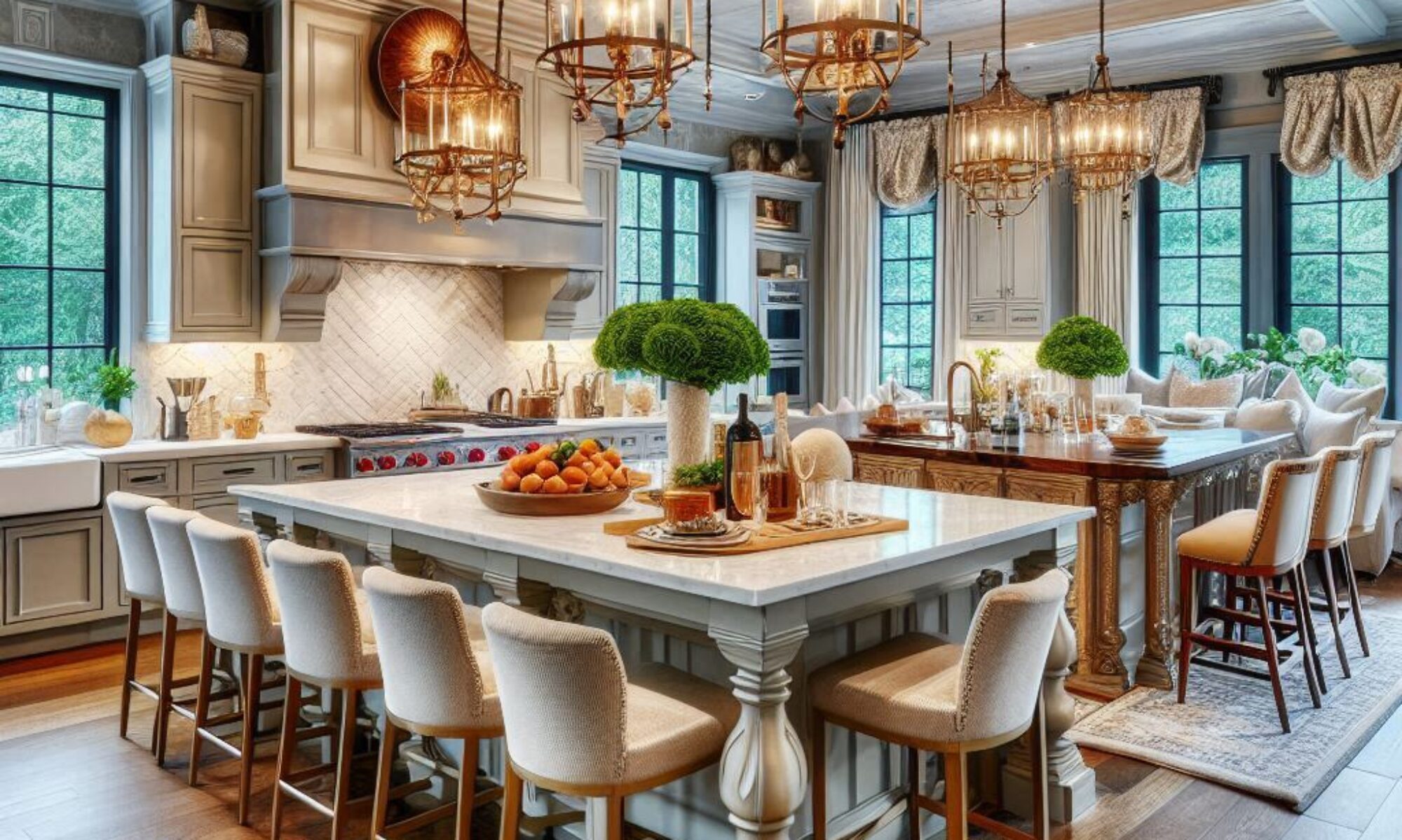Stay Ahead of the Game with Modern Home Staging Trends
Welcome to the world of home staging, where the art of design meets the science of selling! As a seasoned home stager, I’m here to guide you through the latest trends that will make your property the talk of the town. Let’s dive in and give your space the makeover it deserves!
The Minimalist Movement
Less is definitely more when it comes to modern home staging. The minimalist trend emphasizes clean lines, decluttered spaces, and a neutral color palette. This approach not only creates a sense of calm but also allows potential buyers to envision their own lives unfolding within the walls of your property.
Bold Accents
While minimalism reigns, bold accents are making a splash. Think vibrant throw pillows, statement art pieces, or an eye-catching light fixture. These elements add personality and warmth, making your home memorable without overwhelming the senses.
Sustainable Chic
Eco-friendly choices are not just good for the planet; they’re also appealing to homebuyers. Incorporating sustainable materials like bamboo flooring or recycled glass countertops showcases your commitment to the environment and adds a unique selling point to your listing.
Tech-Savvy Spaces
In our digital age, homes that cater to tech needs are a step ahead. Staging a dedicated home office or featuring smart home devices can make your property more attractive to the modern buyer who values connectivity and convenience.
Outdoor Oasis
Never underestimate the power of curb appeal and outdoor living spaces. Staging an inviting patio or a cozy fire pit area extends the livable space of your home and creates a vision of relaxation and entertainment possibilities.
Conclusion
Staging your home with these trends in mind will not only captivate potential buyers but also set the stage for a successful sale. The goal is to create a space where buyers can see themselves building a future.
Remember, the key to successful home staging is to strike the perfect balance between trendy and timeless, ensuring your property stands out in today’s competitive market. Happy staging!
Ready to transform your property with the latest home staging trends? Contact me today, and let’s make your home a buyer’s dream come true!

